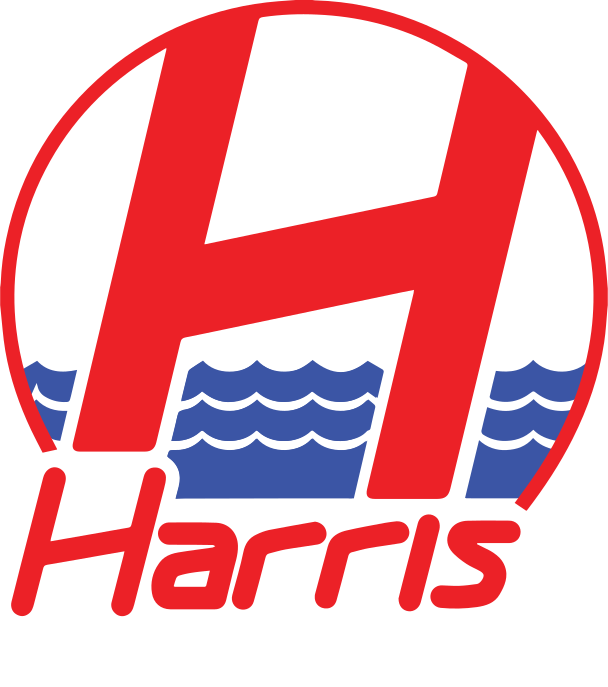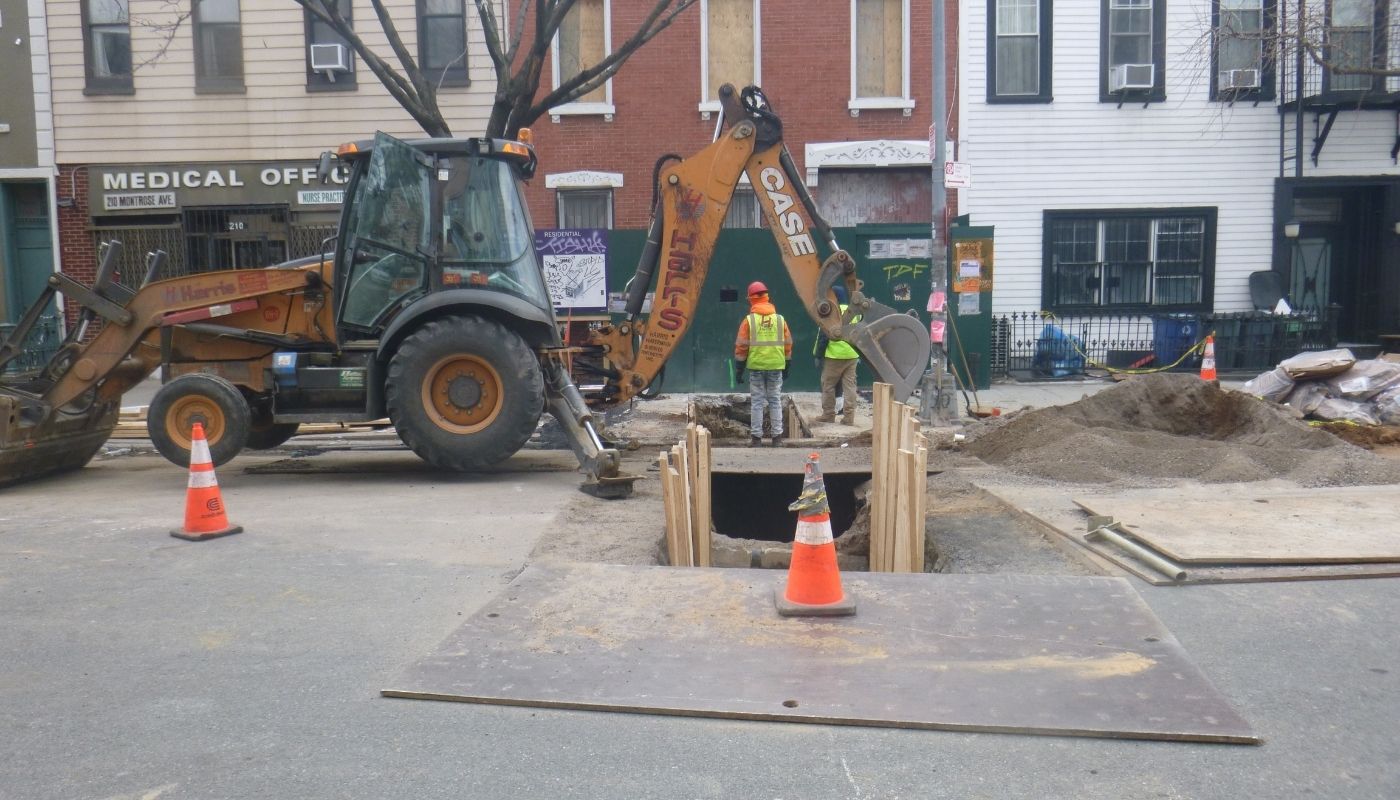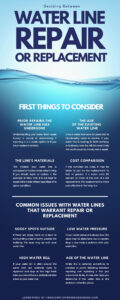Water is supplied to homes, residential properties, and commercial buildings through a labyrinth of underground piping. There are many components involved that are designed to create a safe and reliable stream of water on command. The water main is one of the most important components in piping systems, and the problems that can occur when a water main breaks are well-known. Water mains have been around for millennia and have gone through countless changes and updates to become what they are today. From wood to copper to ductile iron, water mains have undergone developments since before the age of engineering. Learn more about the water main, what it is, and why it is needed for a safe and reliable water delivery system.
Water Main: What It Is
A water main is the main pipe in an underground municipal water distribution system. It is what the water must flow through to reach private lines and supply water to residential and commercial buildings, individual homes, and any other facilities that require running water.
Think of the water main as a major artery in a body. It is crucial to the flow of the system and provides water to smaller pipes that flow into buildings.
Main Purpose
A water main is a larger underground pipe designed to allow water to flow through it and into multiple connected smaller pipes. These smaller pipes lead to buildings, both residential and commercial, to provide running water. Water mains are managed by municipalities, and the smaller pipes connected to the water main are managed by private companies and homeowners. There are safety shutoff valves both on the water main’s end and the smaller pipes.
Water mains work by taking clean water from a city’s water treatment facility or plant and delivering it to communities that need it. Water mains are delivery systems that transport water from one location to many others.
Location
Water mains are most often located underground as part of a mostly or entirely underground system. They are usually underneath a road or street in front of the buildings they supply water to.
How It’s Made
Most water main pipes are made of a form of metal. This could mean ductile iron, steel, copper, or another corrosion-resistant metal alloy type. There are also water main pipes that are made out of clay or concrete. An additional type of material used to create water mains is plastic, such as PVC or fiberglass. Functionality is key when it comes to water mains, as a water main break can wreak havoc on a building or neighborhood. As such, the more long-term reliability a material has, the better it is for the safety of the water main.
How It’s Installed
Water mains should only be installed by professional water main installation companies, such as Harris Main and Water Sewer Contractors. Installations by inexperienced individuals can lead to serious issues, such as flooding. When a water main breaks, the devastation can spread to nearby buildings and leave communities without safe access to water. Here are the basic steps to a water main installation:
- Start by excavating a passage for the pipe.
- Next, determine the depth of the trench. This depends on many factors, including traffic, climate, and city regulations.
- Determine the trench width. This depends on safety and should allow enough space for joints to be assembled properly and correctly around the pipe.
- Prepare the platform for pipe installation.
- Install and connect to existing water mains. There are multiple connection types.
The installation process is intricate and requires expertise from trained professionals. For the best results in New York City, contact Harris Main and Water Sewer Contractors. Our experience is unmatched.
Water Main: Why It Is Needed
The water main is one of the most vital items in a municipality’s underground plumbing system. The water main is what connects individual smaller pipes to a larger water source. If the water main does not function correctly and is not installed in a safe and effective manner, there will be a devastating disconnect between the water source and buildings, both residential and commercial.
Water mains also provide water to fire hydrants for emergencies and fires. This crucial part of a city is something people rely on for safety and help.
Brief History of the Water Main
The first known water main was constructed by the Minoan civilization from terracotta sometime between 2200 and 1400 BC. While the terracotta pipes of the pre-engineering times were certainly impressive, many things have changed since then.
The Roman Empire first invented concrete, which led to the innovation of using gravity to transport water.
The most recent update to water mains was when wooden pipes began to be used as water mains, which brought many rotting and bug issues. Nowadays, ductile iron and other metals are the standard options for water mains. These options make for safer and more sustainable water mains. Ductile iron and other metals are more reliable and come with a high resistance to corrosion.
While the road to modern water mains was long and contained many missteps, the modern era is much more functional.
How It Connects Things
Water mains are larger pipes that run from a main water source, such as a water treatment plant or reclamation center, to smaller pipes that run into commercial buildings, residential buildings, and other facilities. The water main acts as a delivery system of clean water to the end consumers. It’s the connector of fresh water to users.
Water mains serve the purpose of connecting private water service lines to the main source of water flow. They are necessary to get water to buildings, homes, and other types of facilities. Cities are responsible for new water main installation. New water mains could need to be installed for a new development or to replace an old or non-functional water main. Contact Harris Main and Water Sewer Contractors for more information about water main installations in New York. New York City has many specific regulations, and we are experts on all of them. We also handle water main breaks, fire hydrant installations, and other major water and sewer jobs.






















